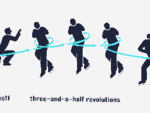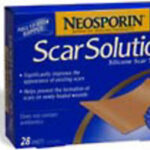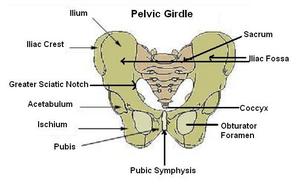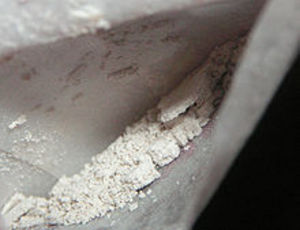A torn muscle can be a painful injury that proves difficult to heal. A muscle tear occurs when muscle fibers are ripped apart and bleed. The presence of blood in the muscle compartment can cause scar tissue to form. Muscle tears are sudden injuries. Any muscle in the body can tear at any time. Muscle tears from lifting weights are common, especially among those who are not properly trained in technique. Here are two common muscle tears from lifting weights.
Muscle Tears from Lifting Weights: Calf Muscle Tear
Calf muscle tears occur most frequently because of heavy calf raises. To prevent this injury make sure you stretch and warm up calf muscles before lifting weights. Ten minutes or more of calf stretching is not too much. Remember, it pays to err on the side of caution. More stretching than is necessary won’t harm you but not stretching enough may. Also continue to do periodic calf stretches throughout your weight lifting session. Start with a low weight and add slowly to that with each set. Warm up sets send more blood to the calf muscles. This improves circulation. Improved circulation will decrease the chance of calf muscle tears from lifting weights.
There are several treatments for calf muscle tears that you can administer yourself. Of course always see a doctor if the injury doesn’t heal or you are unable to get relief from home remedies. The RICE method is the most common treatment for calf muscle tears. Two other self treatments that are helpful are eating a low fat diet and using antioxidants.
RICE Treatment for Muscle Tears from Lifting Weights
RICE stands for Rest, Ice, Compression and Elevation. RICE will help alleviate pain and inflammation in a muscle tear and is considered a first aid treatment only. If pain or swelling persists after 48 hours, seek out a medical doctor. RICE begins with rest. It is important to rest the muscle tear, even if it doesn’t feel very serious at the time of injury. If you don’t take it easy, you risk permanent or re-injury of the muscle.
The next step is to apply ice to the muscle tear. Ice helps reduce blood flow to the injured area which helps reduce bleeding and swelling. Ice packs or baggies of ice are fine, but make sure to use ice no more than 10-25 minutes on an area. Keep a close eye on the skin. If it goes pale, discontinue ice use.
Next, apply compression bandages to the muscle tear. This helps reduce swelling and inflammation. Using bandages, wrap the injured area tightly. Lastly, elevate the injured body part above heart level. Elevation will reduce blood flow and swelling.
Muscle Tears from Lifting Weights: Hamstring Muscle Tear
A hamstring muscle tear occurs when any of the three hamstring muscles in the back of the thigh is stretched beyond its limit and torn. A mild hamstring muscle tear is a partial tear in only one hamstring muscle. A moderate hamstring muscle tear is a partial tear of more than one hamstring muscle. These tears cause pain, a minimal loss of muscle strength and usually heal rather quickly with some rest. A severe tear is a complete tear of one or more of the hamstring muscles. This can be a tear in the muscles themselves or a tear of the hamstring muscle away from the bone. Severe pain and significant loss of muscle strength result from a severe tear. Severe hamstring muscle tears may take months to heal and may require surgical repair.
Self care measures such as RICE or over the counter pain medications are usually enough to treat the pain and swelling of a hamstring muscle tear. A hamstring muscle tear makes you more vulnerable to more hamstring injuries. The resulting injury is often more serious than the original injury. Another consequence is that a hamstring muscle injury can permanently decrease muscle strength in the injured muscle. Sometimes, even with surgery it is impossible to fully regain full muscle strength.
Sources
Mayo Clinic
Mayo Clinic





